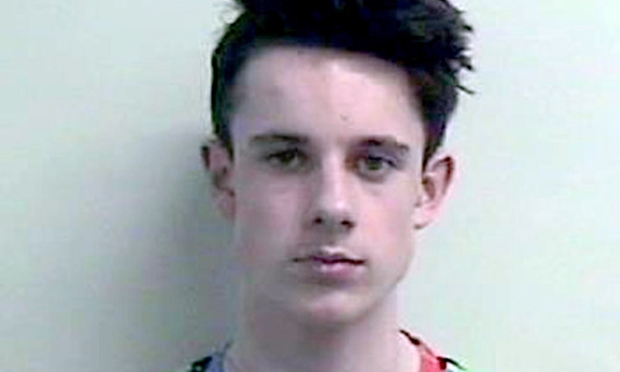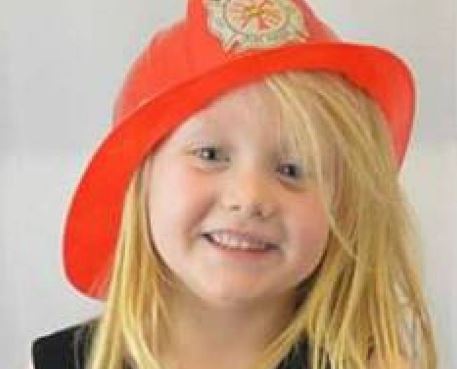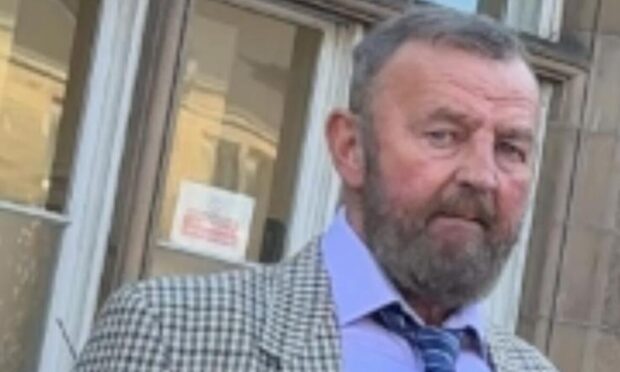The 16-year-old boy who raped and murdered Alesha MacPhail can be identified as Aaron Campbell after a judge allowed his name to be reported.
The body of the six-year-old was found in woods on the Isle of Bute on July 2 last year, hours after she was reported missing from the house her father shared with his parents and partner on the island.
A jury at the High Court in Glasgow took three hours to find the teenager guilty unanimously on Thursday, following a nine-day trial.
He could not previously be identified because he is under 18 but judge Lord Matthews on Friday ruled he can be named after considering an application from media outlets.
He said: “I can’t think of a case in recent times that has attracted such revulsion.
“I intend to grant the application. The press may name the accused and publish images of him.”
On Thursday, Lord Matthews told Campbell he had committed some of the “wickedest, most evil crimes this court has ever heard”.
Campbell took Alesha from the bed where she was sleeping and inflicted horrific injuries on her before dumping her body in woodland.
During the trial pathologist John Williams told the court Alesha had 117 separate injuries, and a post-mortem examination he conducted indicated she had died from “significant and forceful pressure to her neck and face”.
He agreed the injuries to her private parts were “catastrophic” – more severe than any he had ever seen before – and were at least partially inflicted while she was still alive.
The trial heard Alesha was days into her summer holiday on the island with father Robert MacPhail, 26, and grandparents Angela King and Calum MacPhail when she was snatched by Campbell, who tried to blame her father’s girlfriend Toni McLachlan, 18, for the crime.
Campbell’s semen was found on the schoolgirl, and he claimed Ms McLachlan must have planted it there after the pair had sex.
Prosecutor Iain McSporran QC said he hoped the guilty verdict would remove any doubt Ms McLachlan could have been involved.
After the trial, the schoolgirl’s family spoke of their heartbreak at losing Alesha.
Her mother Georgina Lochrane, said: “Words cannot express just how devastated I am to have lost my beautiful, happy, smiley wee girl.
“I am glad that the boy who did this has finally been brought to justice and that he will not be able to inflict the pain on another family that he has done to mine.
“Alesha, I love you so much, my wee pal. I will miss you forever.”
The MacPhail family said: “We can’t believe that we will never see our wee angel Alesha again. We miss her so much.
“We hope that the boy who took her from us is jailed for a long time because of what he has done to our family.
“Alesha may be gone from our lives but she will always be in our hearts.”
Teenager’s name available online since July, judge told
Following Campbell’s conviction, news organisations had applied for permission to name him, saying his identity was already widely known.
Tony Graham QC, the lawyer representing several news organisations, had told Lord Matthews at the High Court in Glasgow that it would be “naive” to think the teenager’s identity is not already known among members of the Bute community and at Polmont Young Offenders Institute.
He said Campbell’s name had been on Facebook, Twitter and available via a Google search since last July.
A “substantial majority” of Scotland’s printed press and broadcast media were represented in the application.
He asked the judge to allow the publication of the boy’s name, address, school, and images of him.
Scots law prohibits the identification of under-18s subject to criminal proceedings.











